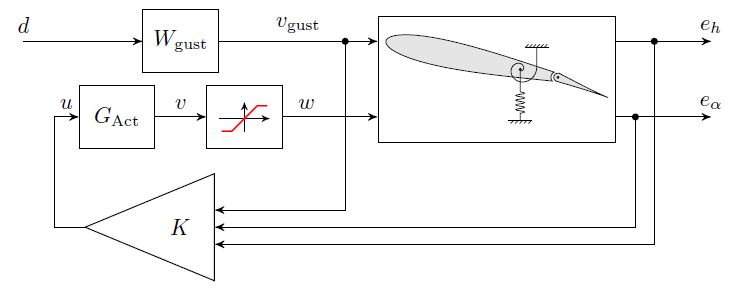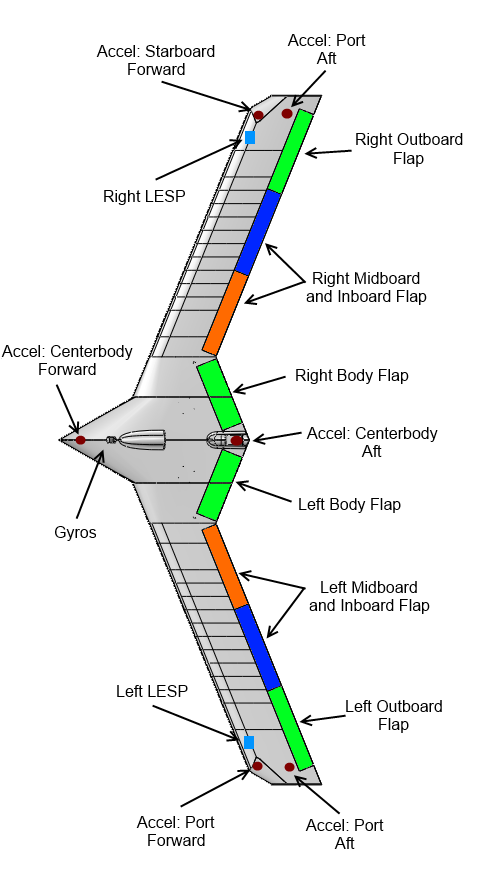Control Design

ASE Control Design
The need for improved performance and reduced operating costs has led modern aircraft designers to adopt lightweight, high aspect ratio wings. However, the high flexibility and significant deformation in flight exhibited by these aircraft increase the interaction between the rigid body and structural dynamics modes resulting in Body Freedom Flutter. This phenomenon occurs as the aircraft short period mode frequency increases with airspeed and comes close to a wing vibration mode. This lead to poor handling qualities and may even generate dynamics instability. Hence, an integrated active approach to flight control and flutter suppression is required to meet the desired handling quality performance without compromise structural weight and flight envelope.
Graduate Student: Julian Theis
The need for improved performance and reduced operating costs has led modern aircraft designers to adopt lightweight, high aspect ratio wings. However, the high flexibility and significant deformation in flight exhibited by these aircraft increase the interaction between the rigid body and structural dynamics modes resulting in Body Freedom Flutter. This phenomenon occurs as the aircraft short period mode frequency increases with airspeed and comes close to a wing vibration mode. This lead to poor handling qualities and may even generate dynamics instability. Hence, an integrated active approach to flight control and flutter suppression is required to meet the desired handling quality performance without compromise structural weight and flight envelope.
Graduate Student: Julian Theis
Publications:
- J. Theis, H.Pfifer, and P. Seiler, Robust Control Design for Active Flutter Supperssion, AIAA Science and Technology Forum, 2016. (mfiles)
- J. Theis, H.Pfifer, G. Balas and H. Werner, Integrated Flight Control Design for a Large Flexible Aircraft, American Control Conference, 2015.
- G. Balas, C. Moreno, and P. Seiler, Robust Aeroservoelastic Control Utilizing Physics-Based Aerodynamic Sensing, AIAA Guidance, Navigation, and Control Conference, AIAA 2012-4897, 2012.

Control Effectors and Sensor Selection
The selection of advanced sensors and actuators and their placement on the platform is highly critical for high performance control of aeroservoelastic systems. A feedback configuration with uncertainties in the inputs and outputs is used to analyse the performance and robustness level of different sensor/effector sets. The optimal sensor/effector concept is chosen as the set with the highest performance for a given level of robustness/reliability.
Graduate Student: Adria Serra Moral
The selection of advanced sensors and actuators and their placement on the platform is highly critical for high performance control of aeroservoelastic systems. A feedback configuration with uncertainties in the inputs and outputs is used to analyse the performance and robustness level of different sensor/effector sets. The optimal sensor/effector concept is chosen as the set with the highest performance for a given level of robustness/reliability.
Graduate Student: Adria Serra Moral
Publications:
- C. Moreno, H. Pfifer and G. Balas, Actuator and Sensor Selection for Robust Control of Aeroservoelastic Systems , accepted to the American Control Conference, 2015.
